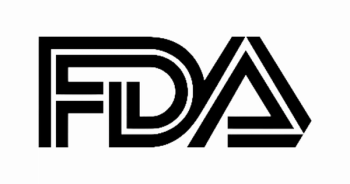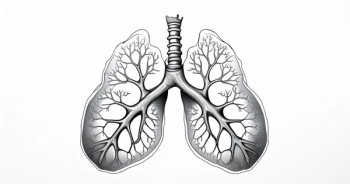
Mark Socinski, MD: Maintenance Strategies
What maintenance strategy would you consider for a patient like this?
Interestingly, we didn't understand this at the time, but bevacizumab ushered in the era of maintenance therapy if you will. If you remember, the original design of ECOG 4599 gave carbotaxel with or without bevacizumab, but the bevacizumab is to continue until progression. Now we call that maintenance.
In the case of bevacizumab, I continue the drug as a maintenance drug. I go beyond chemotherapy, I typically stop at 4 cycles of chemotherapy. ECOG 4599 allowed 6, PointBreak we stopped at 4, so whether it's 4 or 6, if the cancer is controlled, you would continue bevacizumab until you see clear evidence of disease progression. That would be my maintenance strategy, and certainly if you're using carboplatin and paclitaxel with bevacizumab, then carboplatin and paclitaxel are not drugs that are easy to do for prolonged therapy and you shouldn't. We've proven that there's no benefit to do that. So as a maintenance strategy, I would use bevacizumab alone.
I think the controversy occurs when you're using pemetrexed/carboplatin and bevacizumab. Both pemetrexed and bevacizumab are drugs we use in the maintenance setting, and I think one of the areas that does not have complete clarity right now is using 2 drugs in maintenance better than 1 drug. There clearly is some time to progression benefit, but not clear that there is an overall survival benefit. There is a very important trial going on, ECOG 5508, which is addressing that issue of 1 versus 2 agents in the maintenance setting with overall survival as the primary endpoint. Data from that, which we should know within the next year or so, will be very informative in terms of what we should do for maintenance strategy.
mNSCLC: Case 1
RP is a 72 year old whose past medical history is notable for hypertension (well-controlled), hyperuricemia, and gout. He presents to his PCP with fatigue, progressive dyspnea, and a persistent, nonproductive cough of approximately 1 month’s duration. He is a former smoker and quit approximately 30 years ago.
Chest X-ray in October 2015 showed a large mass in the upper left lobe and CT scan showed a left pleural effusion and enlargement of the left mediastinal and hilar lymph node.
MRI of the brain was negative for intracranial metastases.
The patient underwent resection of the primary mass which showed large cell carcinoma. Pleural fluid was tapped and also positive.
His lung cancer was staged as 4. His biopsy was sent for molecular testing and showed no actionable mutations in EGFR or ALK.
His current performance status is 1.






































